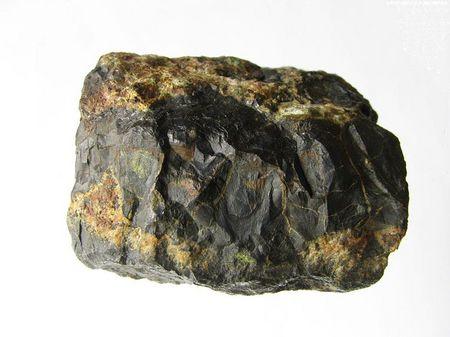A full environmental review will now be required before exploratory drilling for uranium will be allowed on national forest land south of Grand Canyon National Park. Attorneys for several NGOs successfully argued that the U.S. Forest Service should not have approved 39 exploratory drilling holes in the Kaibab National Forest, some within three miles of the park’s south boundary. Despite a credible threat that exploratory drilling and related activities might contaminate the park’s groundwater and the Colorado River, the Forest Service had decided that environmental and public reviews would not be needed.
In authorizing the drilling without environmental and public reviews, the Forest Service decided that a “categorical exclusion” from detailed public and environmental review under the National Environmental Policy Act (NEPA) would be appropriate. However, a lawsuit filed in March by a coalition of environmental NGOs (The Center for Biological Diversity, Grand Canyon Trust, and Sierra Club Grand Canyon Chapter) contended that the Forest Service violated NEPA and the Appeals Reform Act when it approved the drilling without calling for a full environmental and public review.
The NGOs won a preliminary injunction in April. Now a settlement reached on September 26 has withdrawn the drilling approval and put the Forest service and VANE Minerals on notice that a full Environmental Impact Statement process must be completed before any drilling may be renewed at the sites.
The settlement has obvious implications for four similar uranium exploration projects scheduled for national forest land near Grand Canyon’s southern boundary. It seems doubtful that the Forest Service would again try to use a “categorical exclusion” from NEPA to shield projects like these from environmental and public review.
Given that extraordinary care must be taken to prevent contaminating surface- and ground water supplies in the water-scarce Colorado Plateau region, this settlement is a signal victory for the National Park System and the millions of municipal, agricultural, and industrial users of Colorado River water. Among the many entities expressing grave concern about the exploratory drilling were Coconino County, Arizona Governor Janet Napolitano, the Arizona Game and Fish Department, various Indian tribes (including the Navajo, Hopi, Havasupai, Hualapai and Kaibab Paiute nations), the Southern Nevada Water Authority, and the Los Angeles Water District.
Similar concerns about radioactive contamination have motivated efforts to clean up the Orphan Mine, an abandoned uranium mine located in Grand Canyon National Park on and just below the South Rim.
It must be acknowledged that the settlement requiring a full environmental review for exploratory drilling in the Kaibab National Forest will retard uranium exploration and development on public lands at a particularly awkward time. Concerns about global warming have led to renewed interest in building more nuclear power plants in the United States. The associated rise in uranium prices has yielded thousands of new uranium claims, proposals to conduct dozens of exploratory drilling projects, and a move to open several uranium mines on public lands north and south of Grand Canyon Park. Proponents of these projects are certain to argue that the recently announced settlement is a step in the wrong direction, and that what is really needed is a loosening and speeding up of the regulatory processes.
There is much at stake here, so let’s hope that the wiser heads prevail.


 Support Essential Coverage of Essential Places
Support Essential Coverage of Essential Places







Comments
Finally, a clear win for proceeding the correct way, that is, performing due diligence environmental and public reviews before allowing potentially damaging and irreversible activities. Hats off to the organizations and individuals who took the legal action required to prevent the Forest Service from doing as they please. It's a shame that legal action is often necessary to force government agencies to follow standard procedure yet, thankfully, when won, these actions (typically and) ultimately benefit the general public and future generations. I, for one, am confident that this country will do just fine without exploiting such beautiful and sensitive lands.
Another environmental impact study? And who decided this? The person getting paid for the study? The Grand Canyon and all surrounding area for miles and miles and miles, have been environmental impact studied to death. All another study would do is keep the people with letters after their name in salaries. Try gleaning info from the previous studies; you would probably be amazed at the money saved, and the knowledge already gathered for your use.
To get a taste of the "Life and times" of this era of mining the S. Rim you might enjoy a personalize iMovie on Youtube.com/user/designsbydianne
The book "Grand Canyon Orphan Mine" provides a look into the underground mining and the community life during the 50's and 60's. Written by the former "Orphan" Mine Supervisor, Maurice Castagne, P.E., who thought it important to preserve the history of this unique mine and the treasurable times we all experienced! Maybe they can clean up around it and leave it as historical land mark since its been there over 50 yrs. now. By the way Maurice, my dad is still alive, he's 83! Doing Great!